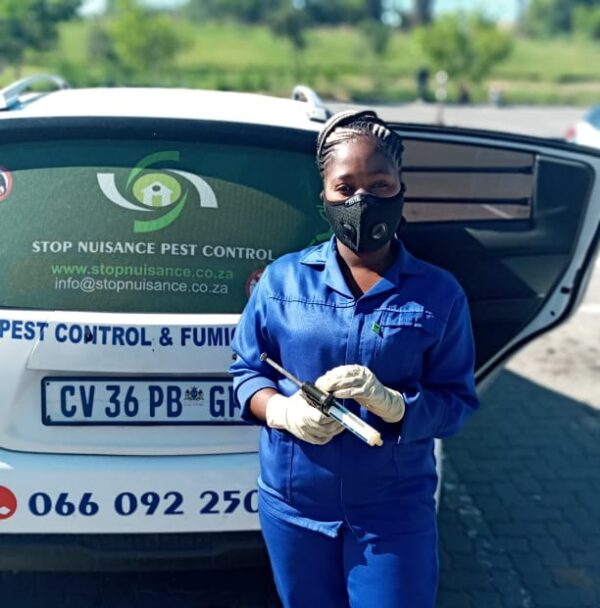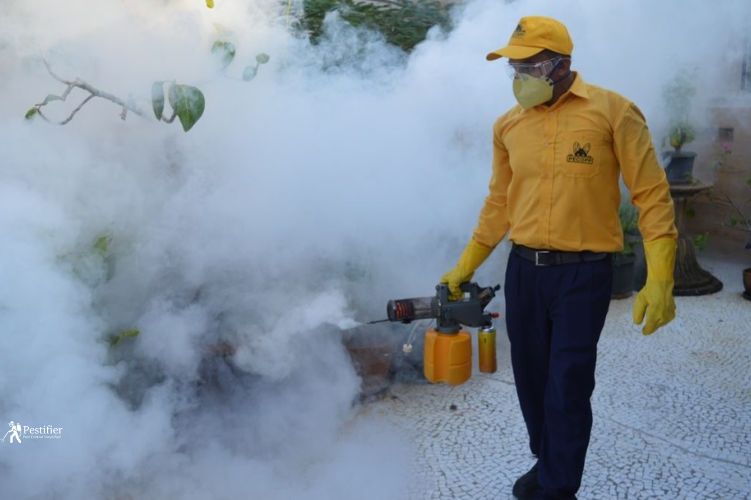As an experienced homeowner and DIYer with over 7 years of hands-on experience handling home maintenance and improvements, I know firsthand how frustrating home pest problems can be, especially when they strike just as the weather starts to cool down in the fall. Read below about “Top 5 Tips for Keeping Your Home Pest-Free This Fall”.
Over the years, I’ve battled everything from carpenter ants to mice seeking warmth and shelter as the temperatures drop. And while there’s no foolproof way to completely prevent pests, through trial and error I’ve learned some highly effective pest prevention tips to help homeowners like you keep them at bay.
Table of Contents
Top 5 Tips for Keeping Your Home Pest-Free This Fall
In this article, I’ll share the top 5 pest-proofing tips I’ve used in my own home ahead of fall that have proven to be the most effective for blocking access, removing food sources, and deterring the most common invaders.
1. Seal Cracks and Crevices Around Your Home’s Exterior
One of the best things you can do to deny pests access is to methodically seal any exterior cracks, crevices, gaps, and holes with caulk. I make it a habit to walk around my entire house each fall, armed with a tube of silicone or latex caulk, and seal any openings wider than 1/8 of an inch.
Pay particular attention to areas where utilities enter the home, spaces around window and door frames, the foundation sill plate, and gaps between siding boards or masonry. I once had ants entering through a tiny gap where my air conditioning lines went into the house! Sealing it shut immediately stopped the influx.
Pro tip: Look up with a flashlight at dusk to spot where bats might be entering. Seal these spots at night after they’ve left to roost.
2. Install Weatherstripping and Door Sweeps
Doors and windows can also allow sneaky pests inside if they aren’t properly sealed. I installed heavy duty weatherstripping on all exterior doors as well as metal door sweeps on the bottom to create tight seals.
This measure has proven hugely effective at blocking mice – I vividly recall one fall when mice got into my basement through the sliding glass door because I didn’t have a good weatherproof seal. Installing fresh weatherstripping and an adjustable door sweep barred them completely.
For windows, make sure weatherstripping seals tightly all around when closed. Replace them if they are dried out or compressed. I use the thick foam type for better compression.
3. Store Firewood Properly to Avoid Infestation
If you burn firewood, it’s utterly vital to store it the right way to keep out pests. Carelessly stacked firewood can harbor all kinds of critters like termites, carpenter ants, spiders, and mice.
From painful experience early on, I learned to neatly stack wood up off the ground on pallets or scrap lumber to prevent dampness and minimize pest habitat. But the key for total protection is keeping the stacks fully covered with durable vinyl firewood bags. Doing this shields my firewood from infestation through all kinds of weather.

Make sure to store your firewood stacks as far from the house as possible and never against an exterior wall where pests can access your home!
4. Prune Trees and Bushes to Discourage Pests
You’d be amazed what a difference vigilant pruning of landscaping makes in keeping many pests away. Overgrown trees and shrubs directly touch the house exterior in many spots, allowing all kinds of pests to easily access your home.
I prune back tree branches and shrubs several feet from the house and make sure none are touching the roof. Doing this simple chore minimizes hidden access routes for squirrels, raccoons, and rats. It also deprives mosquitoes and ticks of shady harborage spots.
In addition, pruning improves air circulation, so there are fewer damp areas for pests to hide and breed. I aim to do this landscaping maintenance every fall and it really improves my home’s pest resilience.
5. Remove Outdoor Food Sources
Finally, don’t underestimate how much eliminating easily accessible outdoor food sources will discourage pests. Something as simple as regularly cleaning up fallen tree fruit, keeping the yard free of debris, removing pet food at night, and keeping trash cans tightly sealed can make a big difference.
Conclusion
I confess I used to be lazy about securing the lids on my curbside trash and recycling bins. But after battling recurring raccoon invasions one fall, I invested in sturdy bungee cord bin locks. These simple lids have foiled dozens of attempted raccoon break-ins over the years since! This single, inexpensive fix was one of the best pest-prevention things I ever did.
There you have it – my top DIY tips for fortifying your home against fall & winter pests after 7 years of trial and error. I hope putting some of these pest prevention best practices to work will help you avoid the contamination and damage these persistent invaders can cause. Here’s to a pest-free, relaxing fall season!
Let me know in the comments if you have any other questions – I’m always happy to share more insider tips and lessons learned from my experience. I hope you like reading “Top 5 Tips for Keeping Your Home Pest-Free This Fall”.

With over 5+ years of experience in pest control and a PhD in Entomology, our author brings a blend of scientific knowledge and practical expertise to Pestifier.com. Passionate about creating pest-free environments, they provide effective tips and strategies for managing and preventing pest infestations. Connect on Facebook for the latest updates and insights.

